
1-3 #My2022 : Huawei reportedly planning to make new chips that are based on the 12nm and 14nm process; OPPO is allegedly developing a smartphone application processor; Verizon finished shutting down its 3G network, 31 Dec 2022; etc.

Samsung is expecting its annual operating profit from semiconductor sales in 2023 to be around KRW13.1T. If Samsung’s own expectations are met, its operating profit in 2023 would be around half of its annual operating profit in 2022, which is expected to be KRW25T-26T by analysts.(The Elec)
TSMC began mass production of chips based on its first N3 (3nm-class) fabrication process several months after Samsung Foundry kicked off high-volume manufacturing using its 3GAE (3nm-class, gate-all-around early) node, but TSMC’s yields are dramatically better. It is estimated that at present TSMC’s N3 yields could be as low as 60-70% or as high as 75-80%. By contrast, Samsung Foundry’s 3GAE yields at the early stages varied from 10-20% and have not improved. (Phone Arena, Tom’s Hardware, Business Next, CNYES, Business Weekly)
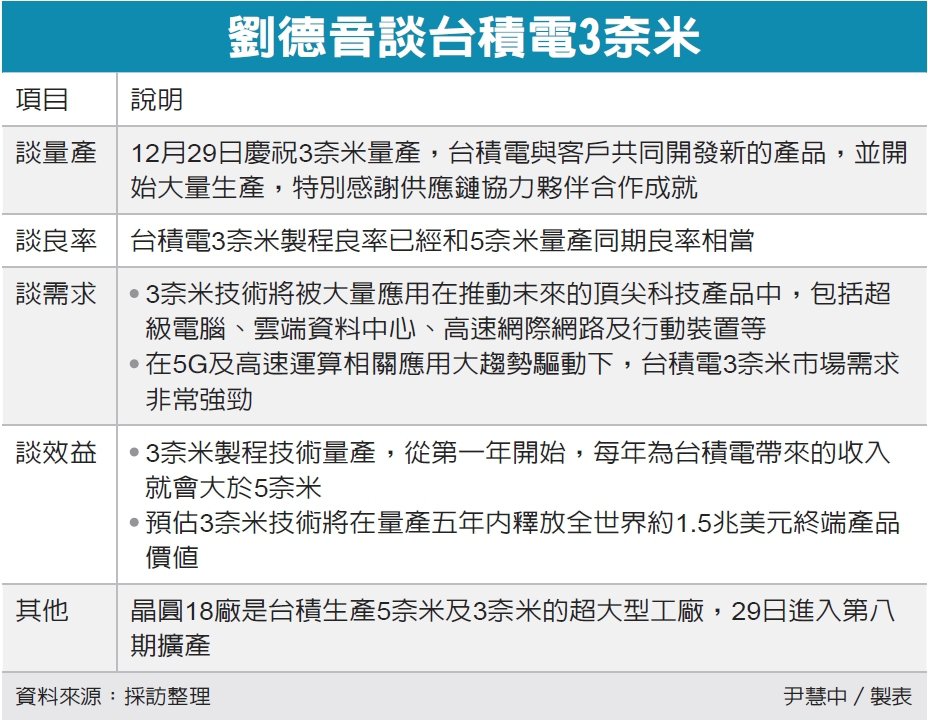
San Jose-based Frore Systems has recently launched its AirJet active cooling chip, which claims to increase device performance up to two times while running silently. The AirJet chip is designed to solve the cooling problems that limit CPU performance in today’s laptops, a so-called “solid-state cooling solution” that completely eliminates the traditional fan cooling method, according to the company. The company introduces, inside the AirJet are tiny membranes that vibrate at ultrasonic frequencies, and these membranes create a powerful airflow that enters the AirJet through the top vents and removes heat from a separate vent. The AirJet chip promises to produce only about 24-29dB of noise, which is softer than a whisper. Most importantly, the AirJet chip is only about 2.8mm thick, which can help reduce the thickness of notebook computers. (My Drivers, Techgoing, Techspot)
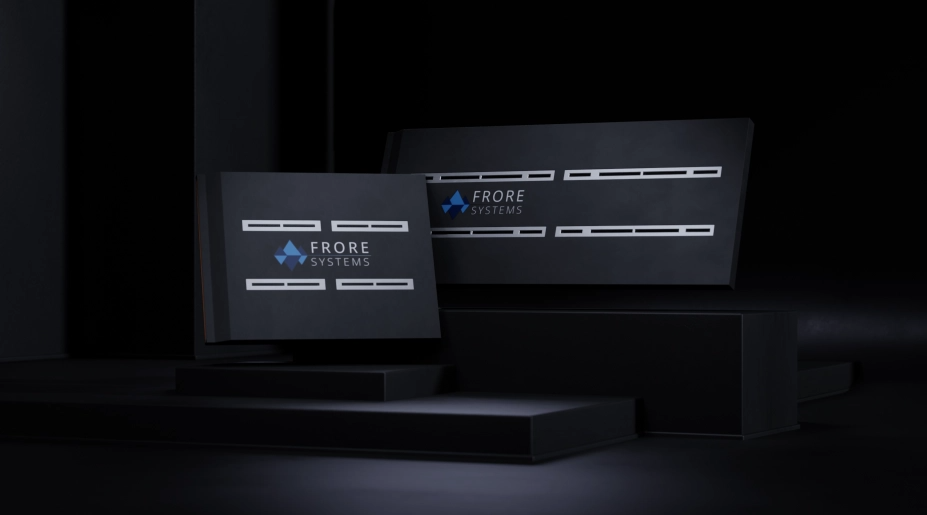
Huawei reportedly planning to make new chips that are based on the 12nm and 14nm process. Huawei will be releasing these chipsets under its own name. Huawei is working on non advanced design chips that will be more efficient. The company will not be releasing such chips till 2024 for the mobile application processor nodes. (Weibo, Huawei Central, Gizmo China, Zhihu)
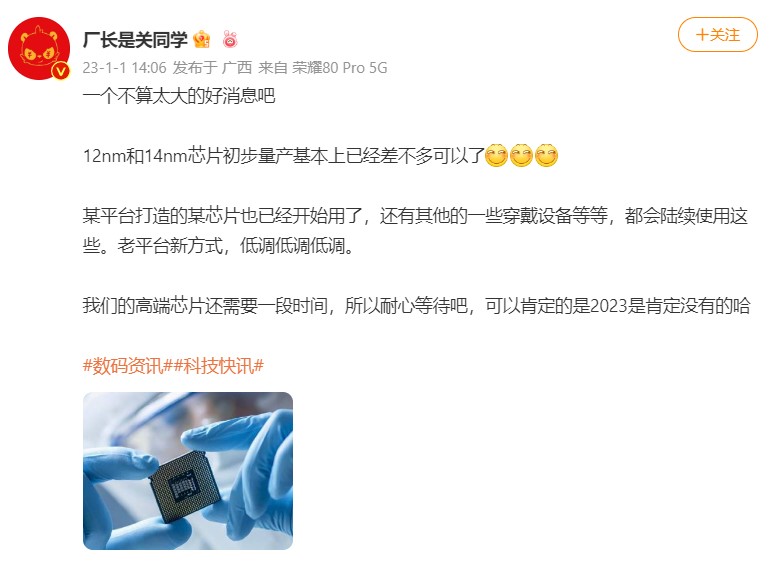
OPPO is allegedly developing a smartphone application processor, planning to tape out (design completion of the first attempt to stream) in 2Q23, and will be mass produced in 3Q23, using TSMC 4nm process, external MediaTek 5G modem. OPPO has previously launched its own Mariana X and Y chips, while the Mariana Y uses TSMC’s N6RF process and supports Bluetooth 5.3 and LE Audio. (Laoyaoba, C114, iFeng, EET-China, Techgoing)
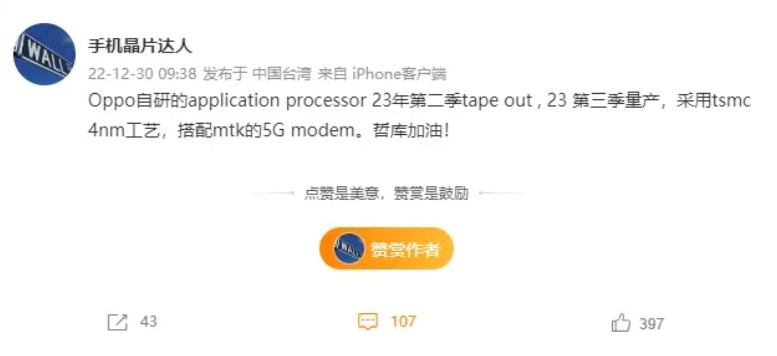

According to Display Supply Chain, while Samsung’s 3Q22 foldable smartphone shipments were within 1% of expectations and it dominated a record 3Q22 foldable smartphone market with an 85% share and 5.2M units on a sell-in basis, it lost its momentum in 4Q22 with its foldable smartphone shipments expected to fall 50% QoQ and 36% YoY to 2.6M units with additional QoQ declines expected in 1Q23 and 2Q23 and another YoY decline in 1Q23. Samsung’s share is only expected to fall to 82% in 4Q22, but the overall foldable smartphone market is expected to drop 48% QoQ and 25% YoY to 3.2M units, its first ever decline on a YoY basis. Samsung’s share is expected to fall further in 1Q23 and 2Q23 and fall below 50% in 2Q23 on traditional seasonal weakness on the lack of new products while its competitors launch new devices. (GizChina, IT Home, DSCC)
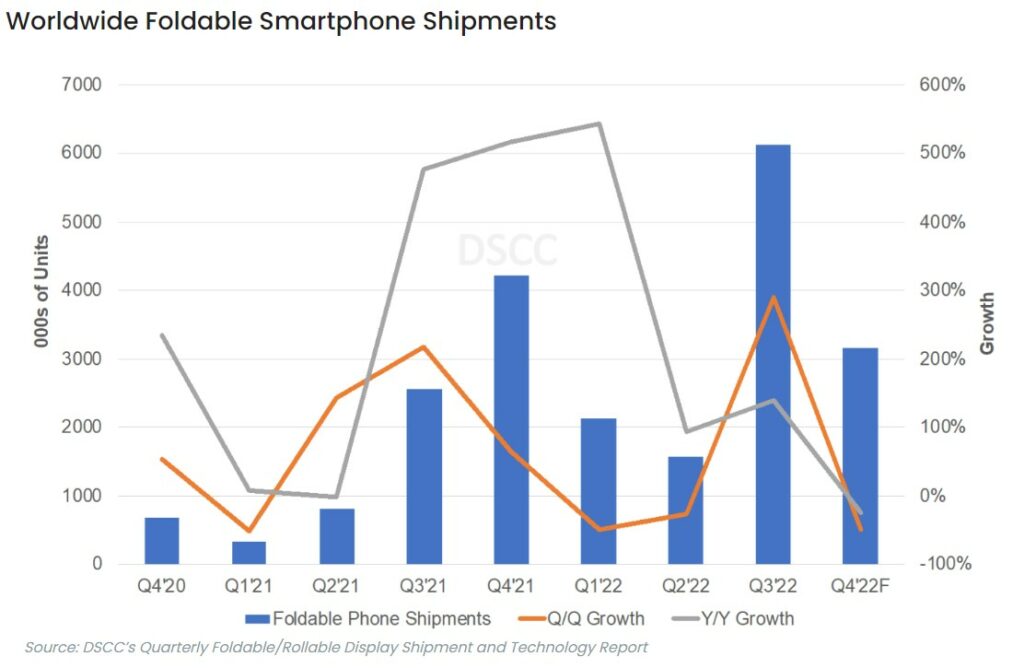
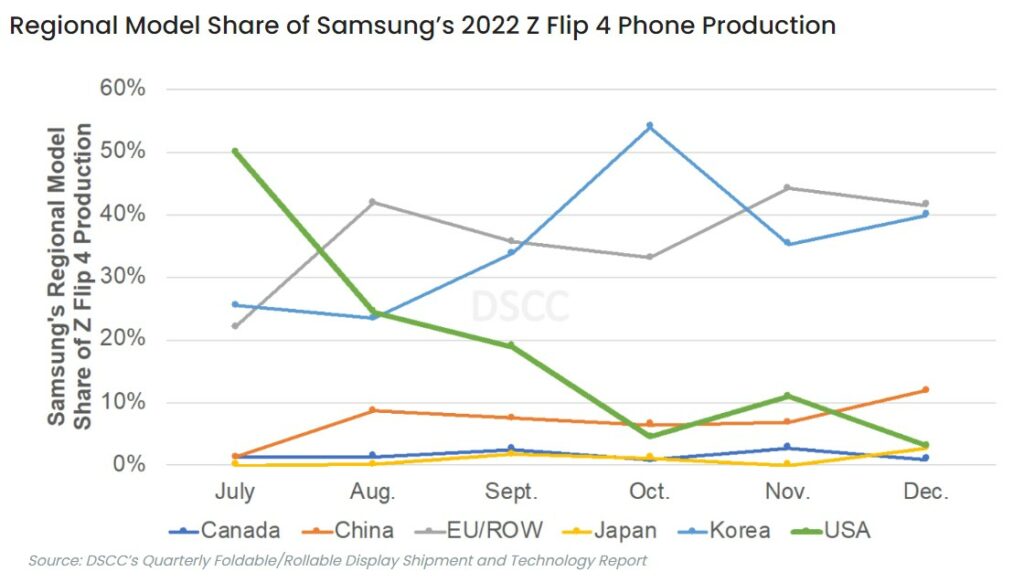
Hong Kong investment firm Haitong International Securities Jeff Pu has stated that high-end Apple Watch will likely adopt a larger 2.1” micro-LED display measured diagonally, which would allow for increased brightness compared to current Apple Watch models with OLED displays. This model would presumably be a new version of the Apple Watch Ultra, which launched in Sept 2022 and has a 1.92” display. (9to5Mac, MacRumors, Apple Insider, CN Beta)
Google reportedly plans to mass-produce the Pixel Fold and associated parts from 3Q23. The Pixel Fold is expected to feature a 7.57” foldbale display with Ultra-Thin Glass (UTG), and a 5.78” outer display. (The Elec, Android Authority)

Samsung Display will showcase the world’s first foldable with slidable OLED panel. The company is reportedly calling it a hybrid panel. Once this screen is folded open, an additional part of the screen comes out when it is slid open. When it is fully folded, the panel measures 8” diagonally. When it is unfolded, it is 10” big. And when this hybrid OLED panel is fully unfolded and slid open, it measures 12.4”.(SamMobile, ET News)

Samsung Display will showcase latest concept of “hybrid” display, namely Flex Hybrid. The display can slide and fold simultaneously. Samsung says it is a prototype for future laptops. The Flex Hybrid has a foldable design on the left side and slidable design on the right. Users can watch movies and videos on the 10.5” display with a 4:3 aspect ratio or on the 12.4” larger screen with a 16:10 aspect ratio. Samsung Display will also show off a 17” slidable display. There are two concepts for the slidable — Flex Slidable Solo, which expands in one direction, and Flex Slidable Duet, which extends in both directions. The display measures 13-14 inches when folded, making it highly portable.(Android Authority, Samsung, Gizmo China)
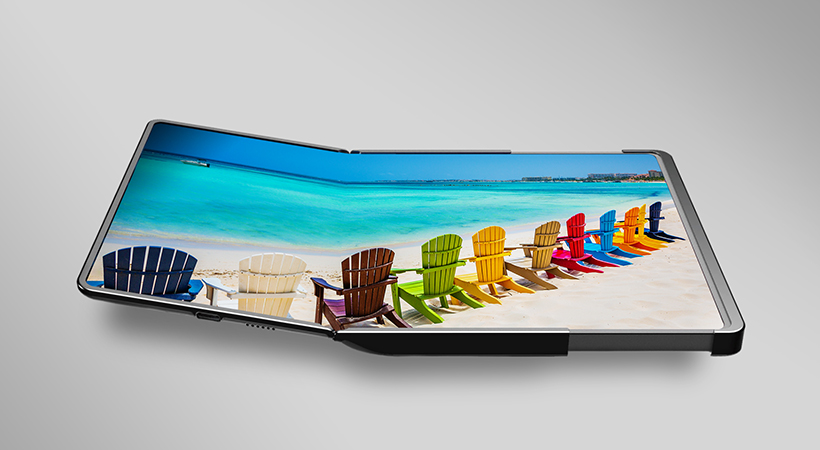

Samsung Electronics is looking to launch a high-end memory chip rental service as its new business model in an effort to secure a stable stream of sales revenue and profits even at a time when prices turn volatile. Samsung has reportedly set “memory as a service (MaaS)” as its new business and is working on implementation plans. Under the new business model, Samsung plans to lend memory semiconductors for high-performance computing (HPC) such as next-generation CXL DRAM packages and data storage devices called SSDs to cloud service companies, including Google, and receive rental fees from them. Customers would be able to reduce costs related to chip purchases by clinching a deal at pre-set contract prices while receiving system management services throughout the life cycle of such chips.(Laoyaoba, Techgoing, KED Global)

Stanford University has been working on a smart skin that will use artificial intelligence (AI) to interpret a person’s movements. This smart skin can be sprayed out of a can like shaving cream. The spray is called a “nanomesh”, and it is a mesh-like stretchable material that can move and bend with your skin. It uses tiny electrical sensors that pick up on your movements and send them to a neuro processing unit (NPU) for interpretation. Using machine learning, the system learns how each user interacts with the smart skin in terms of custom hand gestures. The sensitive mesh network is embedded in polyurethane and is made up of millions of nanowires coated in gold and silver. The mesh stays on the skin until it is rubbed with soap and water. It also conforms to the wrinkles and folds that every individual finger has. A lightweight Bluetooth transmitter is attached to the mesh allowing for the transmission of signal changes. (Phone Arena, Daily Beast, Nature)
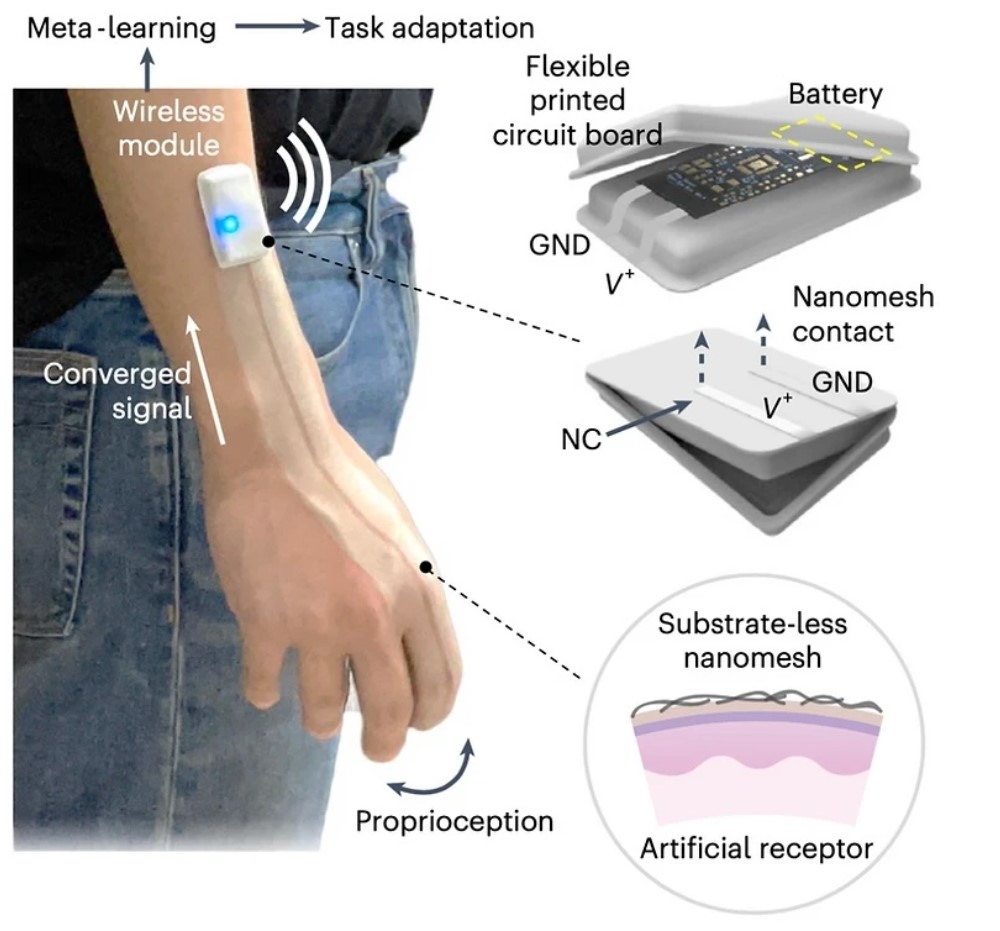
Apple is facing a proposed class action lawsuit alleging the Apple Watch’s blood oxygen sensor is racially biased against people with dark skin tones. The product’s feature, the Blood Oxygen app, allows users to measure their blood oxygen level directly from their wrist, according to Apple. The lawsuit claims plaintiff Alex Morales was aware of this feature when he purchased an Apple Watch between 2020 and 2021, assuming it would work “without regard to skin tone”. Morales alleges Apple did not disclose any potential “biases and defects” on the product’s label, despite a large body of research indicating similar pulse oximetry devices — usually placed on a fingertip — were “significantly less accurate in measuring blood oxygen levels based on skin color”, the lawsuit states.(Apple Insider, Apple, ABC News, Gizmodo)
Apple has patented a possible next-generation Apple Pencil that can sample colors from the real world and then input that same color onto an iPad, as well as other features, including the ability to sample textures. The patent describes an Apple Pencil with color sensors built into the tip of the pencil that can sample the surface of real-world objects and detect their color. Images in the patent show the Apple Pencil may come with a built-in light ambient sensor, light emitter, and a light detector that can detect the color and texture of a surface.(MacRumors, Patently Apple)
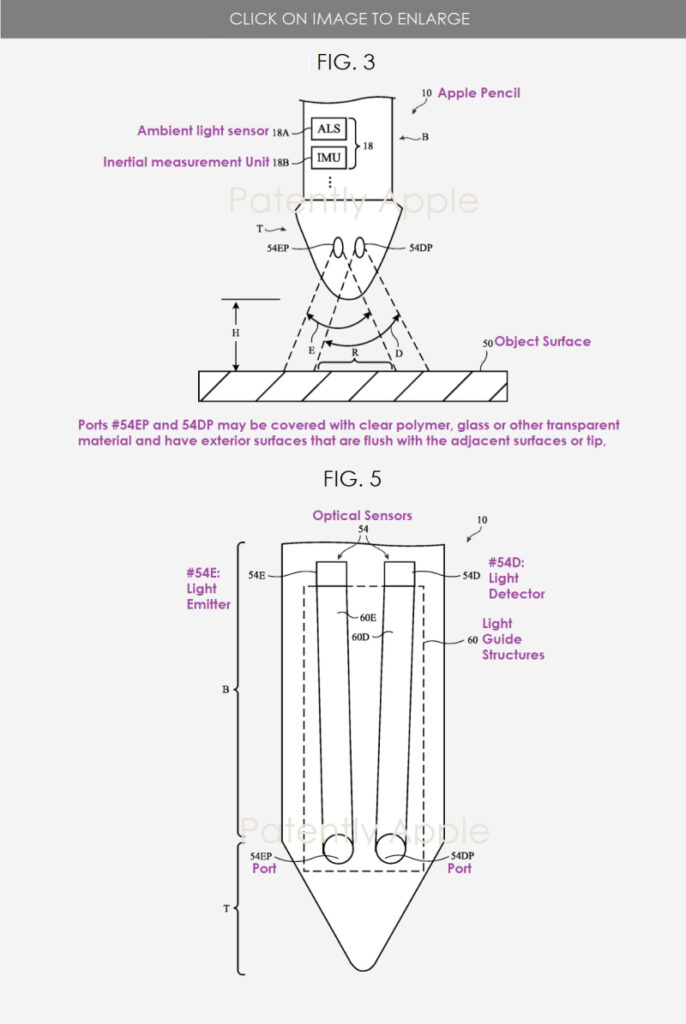

A solar-powered car build at the University of New South Wales (UNSW) by students averaged nearly 85kmph over 12 hours to set Guinness World Record with just 8 minutes to spare. The UNSW Sunswift 7 solar-powered electric car has claimed a Guinness World Record by traveling a 1000km in one charge in less than 12 hours. The vehicle made a verified time of 11 hours 52.08 minutes for the distance at the Australian Automotive Research Centre (AARC) in Wensleydale, located in the state of Victoria. This is an equivalent to an average speed of almost 85kmph and secured the Sunswift Racing team a new record for the ‘Fastest EV over 1000km on a single charge’. (My Drivers, Thred, Commonwealth Union)
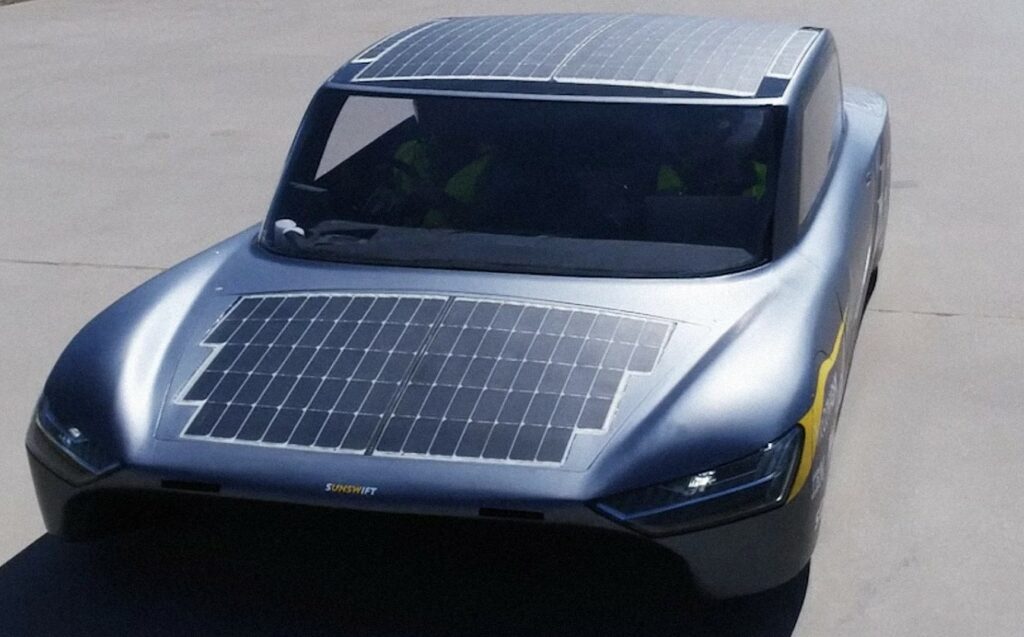
A new Apple patent filing has revealed the use of a bimodal reverse recharging system on a future iPhone, which could potentially enable the phone to wirelessly recharge accessories. The new patent relates to a wireless charging system using bimodal magnetic alignment components for alignment of devices. Currently, the wireless recharging system on the back of an iPhone is limited to a large coil that cannot support charging smaller devices like an Apple Watch. (My Drivers, Gizmo China, Phone Arena, Patently Apple)
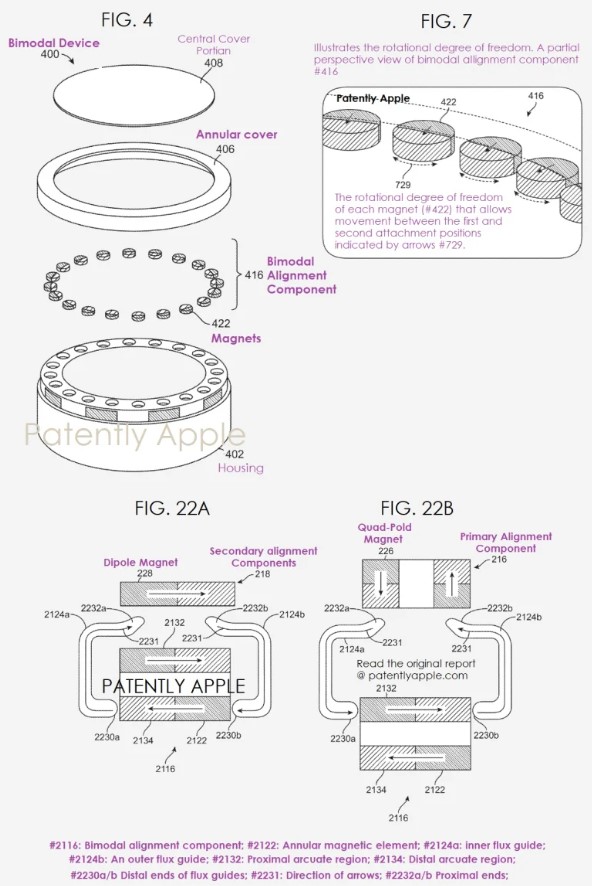

Verizon finished shutting down its 3G network, 31 Dec 2022, in efforts to make room for 5G. As a result, many older cell phones will be unable to make or receive calls and texts, including calls to 911, or use data services. The 3G phase out not only renders 3G and certain older 4G mobile phones that do not support Voice over LTE (VoLTE or HD Voice) obsolete, but connected devices as well. Certain medical devices, tablets, smart watches, vehicle SOS services, home security systems, and other connected products that may be using 3G network services will be impacted.(Phone Arena, Verizon, Fierce Wireless)
The re-usable rocket maker and satellite internet company, SpaceX, is raising USD750M in a new round of funding that values the company at USD137B. The company raised more than USD2B in 2022, including a USD250M round in Jul, and was valued at USD127B during an equity round in May. (CN Beta, Reuters, CNBC)
Following the European Union (EU) ruling that mandates USB Type-C as the charging port for all devices, the Indian government has asked electronic manufacturers to switch to USB Type-C as the default charging port for all devices in the country by 2025. However, the Indian government has set some exceptions. Feature phones, wearables, and hearables are exempt from adopting the USB Type-C port as the default charging port as it would “increase the input prices” making these devices expensive. Not only smartphones, but all future laptop models will also feature USB Type-C charging ports. If the charging power is greater than 15W, then manufacturers would be required to integrate USB Power Delivery. While smartphones and other gadgets have to comply with the new Indian mandate by 2025, laptop manufacturers have till 2026 to comply. (Neowin, Mint, SamMobile, 91Mobiles)

Samsung has announced the appointment of Hubert H. Lee to head up its Mobile eXperience (MX) Design Team, the unit responsible for designing some of Samsung’s most visible products, including its flagship Galaxy S series phones. Lee joins the electronics giant after a stint as the chief design officer of Mercedes-Benz China, a position that saw him lead the automaker’s design teams in China and the US.(Engadget, Samsung, IT Home)
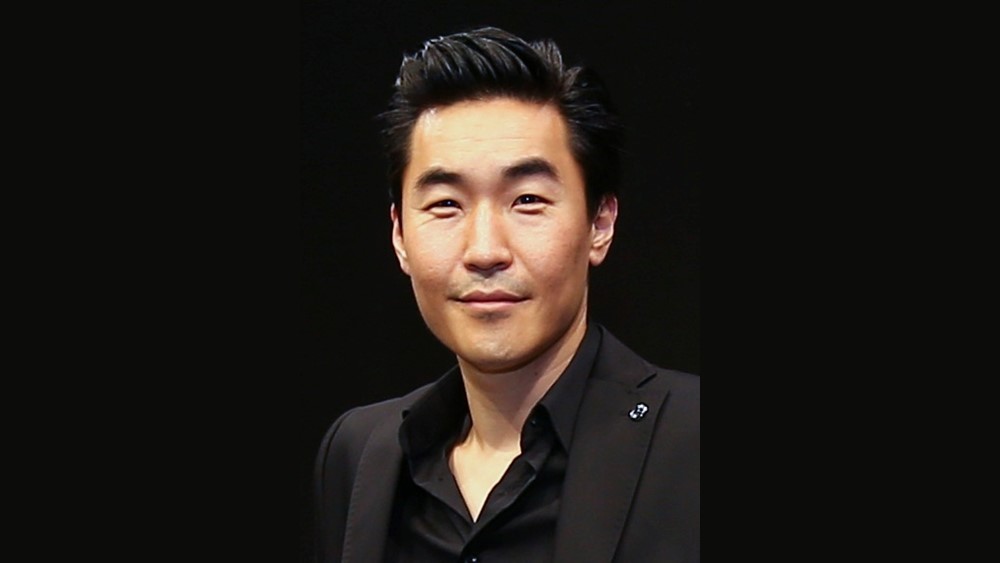
Apple marked a grim milestone in end-Dec 2022, falling about USD1T below a peak reached in 2022. The company’s shares rallied in recent days, but the massive loss in value reflects difficult economic times for companies across the tech industry and beyond. Like many tech companies, Apple has suffered from a major consumer shift away from the pandemic-era focus on buying goods. Apple has also faced challenges rooted in rapid price hikes and the Federal Reserve’s policy response, which has slowed some areas of the economy and pummeled the stock market. Consumer spending proved resilient for much of the year 2022 due in part to savings from the pandemic, but the cushion appears to have dwindled in recent months. Like a host of companies, Apple has struggled with pandemic-imposed supply chain disruptions that have hindered production and caused delivery delays. (My Drivers, ABC News, 9to5Mac)
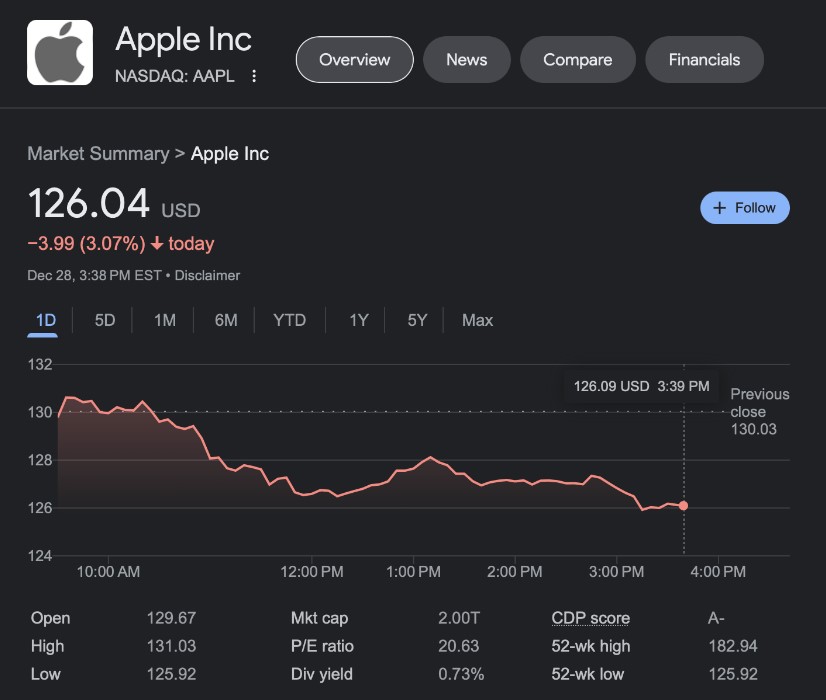
Zhuhai Meizu Technology has recently undergone changes in both its industrial and commercial operations. Wuhan Xingji Meizu Technology Co., Ltd., a holding company of Geely, became the sole shareholder after the original shareholder, Huang Xiuzhang (also known as Huang Zhang), Telling Communication Holdings Co., Ltd., Zhuhai Honghua New Kinetic Energy Equity Investment Fund (Limited partnership), Haitong Innovation Securities Investment Co., Ltd., and others withdrew their shares. (GizChina, ArenaEV, IT Home)
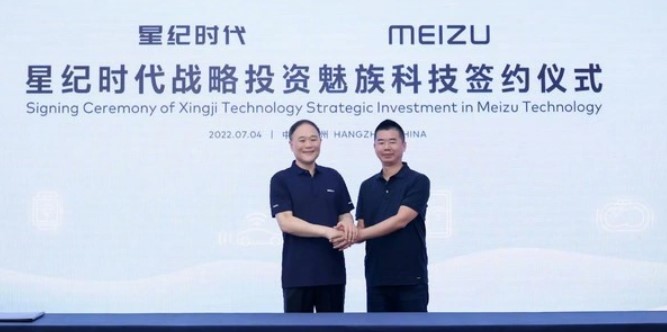
According to Hong Kong investment firm Haitong International Securities analyst Jeff Pu, Apple iPhone 15 lineup will include a 6.1” iPhone 15, 6.7” iPhone 15 Plus, 6.1” iPhone 15 Pro, and 6.7” iPhone 15 Pro Max. Notably, he expects the Pro models to feature a titanium frame and solid-state volume and power buttons with haptic feedback from two extra Taptic Engines. He also expects the Pro models to have 8GB of RAM, up from 6GB in the iPhone 14 Pro models. He also says the iPhone 15 will feature USB-C rather than Apple’s proprietary Lightning port. Pu also expects the telephoto lens on the iPhone 15 Pro Max to feature periscope technology for increased optical zoom. As for the iPhone 15 and iPhone 15 Plus, Pu expects a 48Mp rear camera lens like on iPhone 14 Pro models. (Apple Insider, MacRumors)

According to analyst Jeff Pu of Haitong International Tech Research, Apple is working on new “AirPods Lite” to compete with cheaper TWS. Jeff Pu claims based on his industry sources that demand for AirPods is expected to drop by 2023. More specifically, shipments of AirPods are expected to drop from 73M units in 2022 to 63M in 2023. Part of this would be due to “soft AirPods 3 demand” combined with the fact that Apple may not release new AirPods in 2023. (Apple Insider, 9to5Mac)

Nreal has held a ceremony to mark the production of its 100,000th pair of glasses, and to officially announce that it has become the first AR brand in the world to reach this milestone. Nreal officially stated that in 2022, with the launch in China, Japan, and the US market, 4Q22 Nreal shipments exceeded 70,000 units. Nreal Air is the main product promoted by the firm in the global market currently. It is equipped with a Sony Micro OLED screen, has an industry benchmark spatial retina display with a 130-inch aerial projection screen and a 201-inch AR sharp color canopy.(Laoyaoba, Sina, 163, Pandaily)
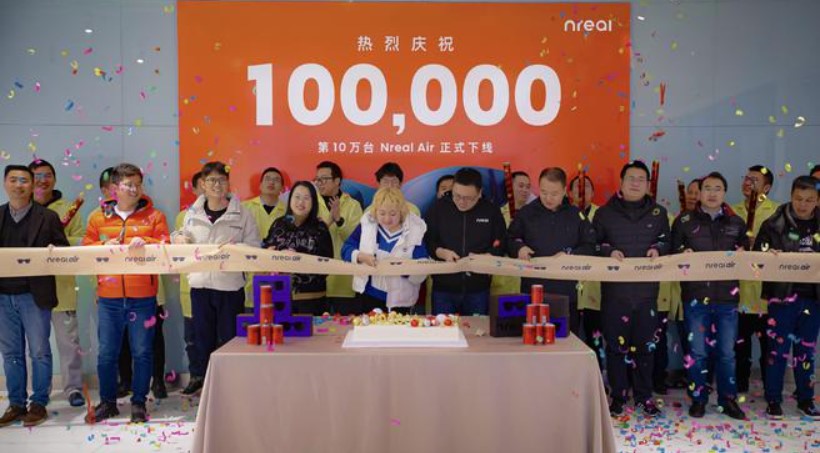

South Korea’s antitrust watchdog will fine Tesla KRW2.8B (USD2.2M) for alleged violations of advertising law. Tesla falsely promoted and exaggerated the driving range and charging speed of its electric cars, as well as the estimated savings on fuel costs, according to South Korea’s Fair Trade Commission. Tesla changed the advertisement on its Korean-language website in Feb 2022 when the watchdog started an investigation. In addition to the KRW2.8B fine, the regulator will levy an extra KRW1M on Tesla for violating the electronic commerce act because it failed to provide enough information on its cancellation policy. The Free Trade Commission said it plans to send a notice to Tesla explaining how it can address the raised concerns. (My Drivers, Neowin, Bloomberg)